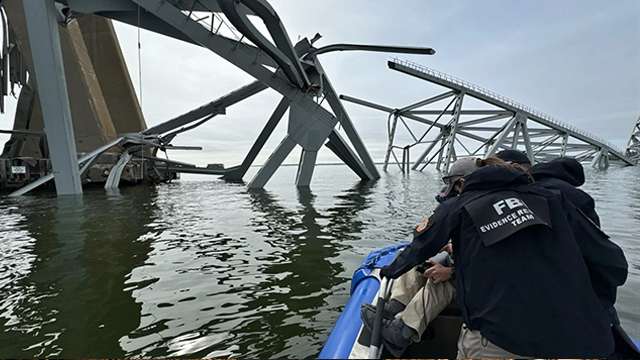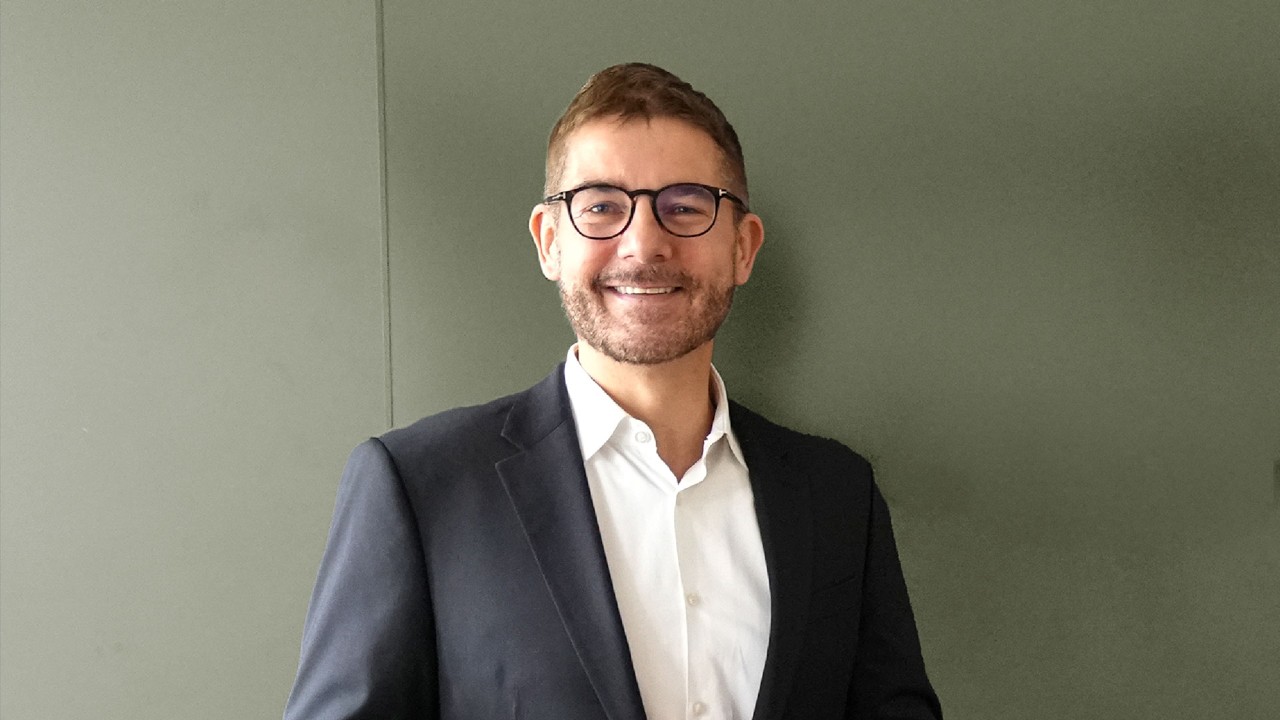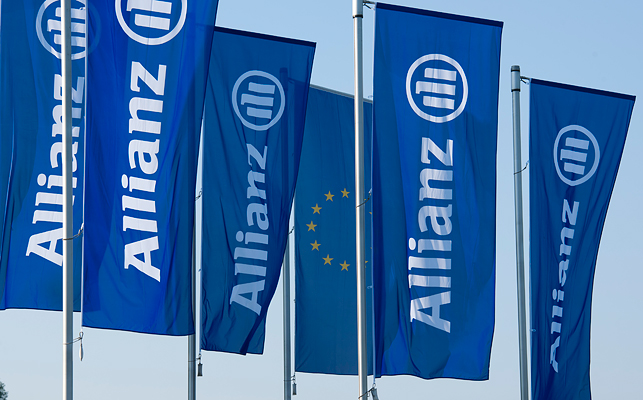Article for the World Economics Forum by Christopher Townsend
Re-writing the underwriting story: How to navigate the complexities of modern risks

The term “uninsurability” is capturing headlines and causing growing concern. Reports of insurers exiting California’s property market due to inability to price natural disasters, like wildfires or Floridians leaving the state due to skyrocketing homeowner insurance costs, are fueling debate on the fundamental insurability of climate-related risk. Meanwhile, Lloyds of London warns of a hypothetical scenario: the global economy could lose $3.5 trillion due to a major cyberattack targeting payment systems – losses the private insurance sector would not absorb.
Studying such scenarios is routine risk management, but the headlines provoke an honest discussion about the price of prioritizing security, whether from environmental disasters caused by human activity or digital pirates. While this is a healthy debate, it often assumes a false conclusion – that insurers are increasingly incapable of measuring and managing today’s most important and concerning risks, like climate change or cyber security, and worse, are walking away from them. Calling for government backstops can only be a partial answer for catastrophic peak loss scenarios. As an industry, we need to be able to provide solutions for what keeps our customers awake at night.
Today, we published the Allianz Risk Barometer 2024. This sheds light on the most pressing risks facing global businesses.
The report shows cyber security is the top risk worldwide. Cyber-attacks and IT outages reached record losses in 2023, mainly stemming from a resurgence in ransomware and extortion. Cyber threats continue to evolve, with hackers increasingly targeting IT and physical supply chains, launching mass cyber-attacks and finding new ways to extort money from businesses, large and small.
Natural hazards and extreme weather is the third highest major risk, jumping from number six last year. Climate change stays at number seven among the top risks globally. The trajectory of natural catastrophe losses has been steadily rising. 2023 saw record insured losses from natural catastrophe events surpass $100 billion for the fourth year in a row, according to Swiss Re – a cost attributed to a warming climate. Ranking second of this year’s Risk Barometer, we find business interruption, often caused by cyber or natural catastrophes.
What’s clear is that cyber and climate risk exemplify the nature of modern risk: ever-changing and evolving, hard to predict based on past experiences, highly complex, connected and interdependent on a global scale – and, last but not least, potentially causing catastrophic loss scenarios that could turn these risks into potentially systemic ones.
Scary risks indeed and yet not unmanageable. We in the insurance and reinsurance industry have the skills, talent and expertise to meet these challenges, but it requires re-writing the underwriting story, using advanced tools, expanded roles and innovative approaches. Specifically, insurers need to accelerate in the following three areas:
- Continuously upgrading technical excellence: Technology and richer data sets will drive more sophisticated modelling and risk assessment, allowing insurers to understand their exposures better and become comfortable underwriting them. It will help us analyze modern risks with a forward-looking approach rather than through the rear-view mirror of historical claims analysis. Machine learning and AI can analyse vast amounts of data to identify and predict potential cyber threats. And, engineering expertise, powered by data, will enable us to assess new and largely untested sustainable materials or low-carbon technologies – from mass wood timber to carbon capture and storage – so that we can dare to take green lighthouse solutions into our portfolios.
- Innovate product solutions: Traditional underwriting of physical risks does not meet the reality of evolving extreme climate impacts or intangible cyber threats. Insurers must evolve by innovating new ways of transferring risk and supplementing traditional indemnity insurance solutions. As an industry, we need to innovate products that combine a strong risk mitigation element with insurance coverage and advance existing alternative risk transfer solutions to bring them into the mainstream. For example,AM Best expects parametric products to represent a growing share of the insurance world. Parametric insures a policyholder against the occurrence of a specific event by paying a set amount based on a pre-determined trigger, as opposed to the magnitude of the losses in a traditional indemnity policy.
- Broaden the insurance value proposition: Insurance is no longer the business of just paying claims. As an industry, we insurers underleverage our risk expertise for promoting prevention and preparedness. We owe it to society and our stakeholders to expand the insurer’s value proposition to include supporting customers’ adaption, mitigation and resilience measures. When insurers play a deeper risk consultant role, our risk assessments can also include important mitigation services. Broadening the insurance value proposition in this way enhances preparedness, which increases resilience, reduces losses and business interruptions and extends insurability to higher-risk cases and areas, benefitting local economies. Policyholders must to do their part in these risk consulting relationships and engage in mitigation and preparation with their insurance partner. Insurers can also broaden their value through risk education, which is vital to improving societal and business risk awareness.
Insurers have always been integral economic and business partners, offering clients freedom from risk and enabling them to focus on what they do best – daring to explore, compete, and grow. As an industry, however, we take a transactional approach to partnering, focusing on covering risk and paying claims but undervaluing our deeper partnership potential. We can do better.
To foster preparedness and prevention against modern risks, we need to leverage the value of collaborative partnerships. Partnerships with businesses to help them become more resilient and competitive. Partnerships with governments to find solutions to catastrophic peak loss scenarios. Partnerships with individuals, institutions and society to provide peace of mind, risk awareness, loss mitigation and community resiliency.
Related Links
About Allianz
** As of December 31, 2023.



